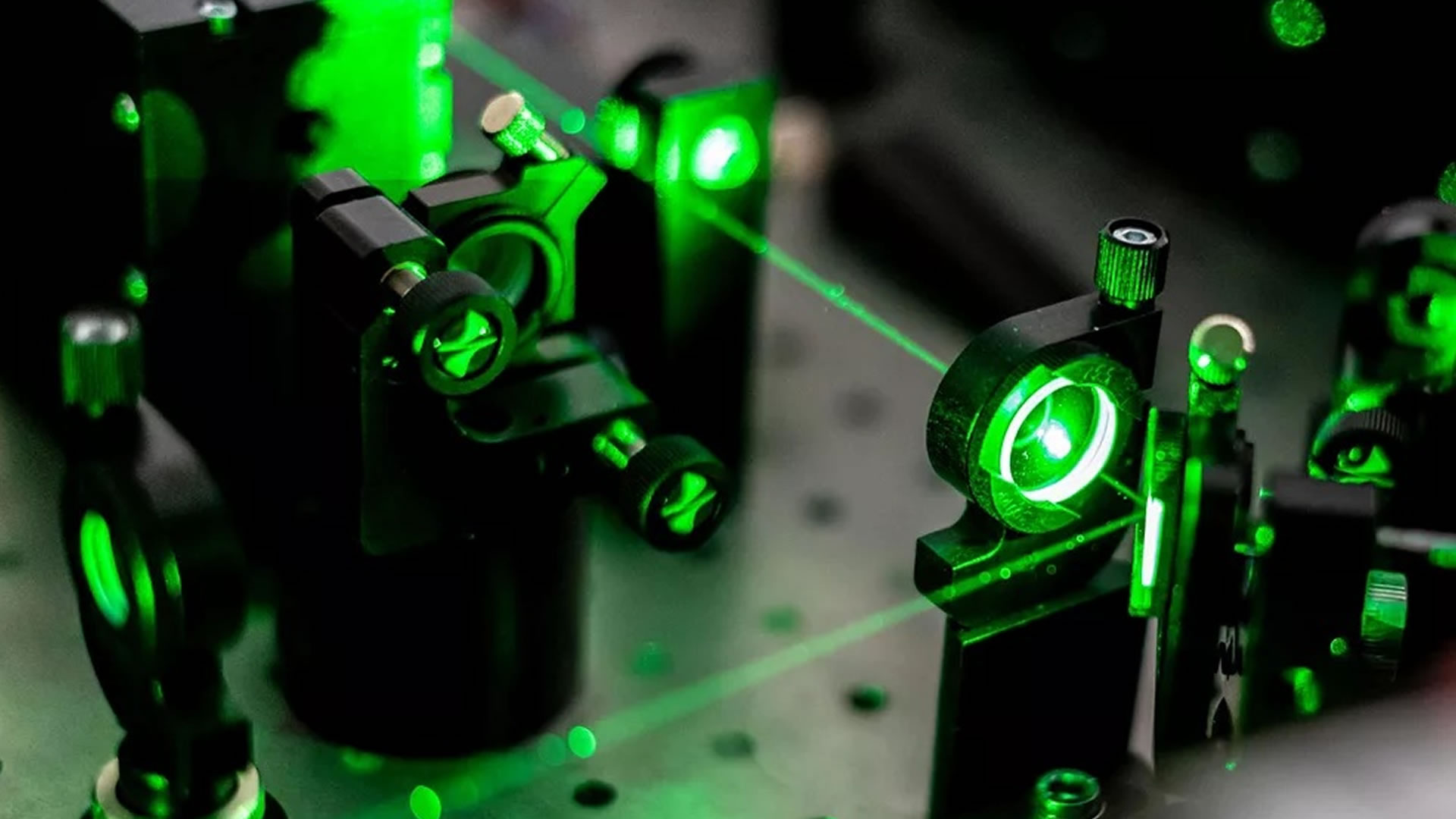US scientists' light-emitting material could revolutionize photonics

Source: interestingengineering
Author: @IntEngineering
Published: 9/27/2025
To read the full content, please visit the original article.
Read original articleResearchers at UCLA’s California NanoSystems Institute have developed a novel light-emitting material by combining molybdenum disulfide (MoS₂), a two-dimensional semiconductor, with Nafion, a flexible polymer commonly used in fuel cells. This hybrid material overcomes the traditional limitations of MoS₂, which is typically fragile and emits weak light, by leveraging Nafion’s flexibility and chemical stability to reinforce the semiconductor and heal surface defects that usually reduce light output. The resulting membranes are stretchable, durable, and produce significantly brighter and more stable light emission than MoS₂ alone.
This breakthrough holds significant promise for photonics, the field of technology that uses light (photons) instead of electricity (electrons) for computing and communication. The new material’s durability, flexibility, and efficiency could enable the development of stretchable displays, flexible lasers, and chip-integrated light sources. In the longer term, it may revolutionize photonic computing by enabling faster, more energy-efficient light-based circuits
Tags
materialsphotonicsmolybdenum-disulfide2D-materialsNafionlight-emitting-materialsflexible-electronics